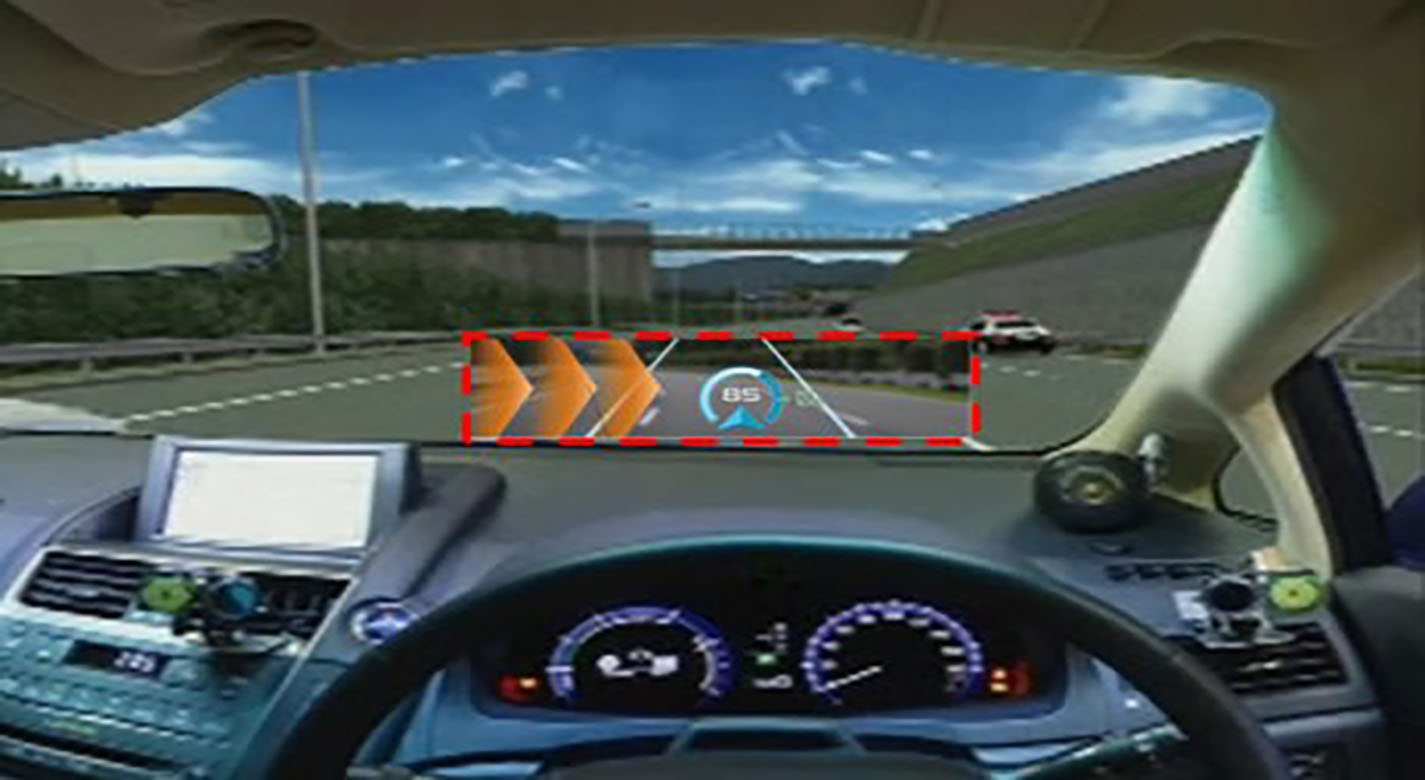Multivariate Monitoring for Human Operator and Machine Teaming
Sensors
Multivariate Monitoring for Human Operator and Machine Teaming (LAR-TOPS-301)
Instrumentation for biosignal, posture and behavioral gesture sensing for automation decision making
Overview
Researchers and expert operators may be familiar with the concept of trust in automation, but how would advance automation make decisions regarding control without establishing trust in the operator? Vehicles outfitted with sensors and systems that can operate with varying degrees of autonomy are being developed. Optimizing human machine interaction remains critical for maintaining and improving safety as vehicles become increasingly autonomous. Human status is highly variable and difficult to predict. Despite a recent history of consistent reliability, in the current moment the operator status may range from completely incapacitated to ready to take control as necessary or as preferred. The intelligent system itself needs to know what the human is doing now to make decisions in real time regarding role assignments, safe operation and critical functional task allocation.
The Technology
Inventors at NASA have developed a novel approach to optimizing human machine teaming. The technology enables the inclusion of the state of the human operator in system wide prognostics for increasingly autonomous vehicles. It also could inform the design of automation and intelligent systems for low proficiency and reduced crews. The system monitors and measures multiple variables in real time, the status of the human operator and communicates that information to an intelligent machine. Status could include behavior, skill, physical or medical status, or mental state. Once this information pathway is established, the predictability of pilot or operator status will be improved so the autonomous system can be said to develop trust in human operators much like humans develop trust in automation.
The system would utilize non-contact instrumentation for biosignal, posture and behavioral gesture sensing for automation decision making.

Benefits
- The system would utilize non-contact instrumentation for biosignal, posture and behavioral gesture sensing for automation decision making.
- Improved reliability of autonomous vehicles
- Can be designed to awaken a sleeping operator
- Informs the design of automation and intelligent systems for low-proficiency and reduced crews
- Improves the human-automation teaming and Includes the state of the human operator for increasingly autonomous vehicles
- Develop high-impact aviation autonomy applications
- Human-machine teaming in key applications
Applications
- Automotive – autonomous cars and other driverless vehicles
- Industrial automation
- Assessing commercial driver safety
- Monitoring of machine operator cognition
- Any other software where psychophysiological monitoring is useful
Technology Details
Sensors
LAR-TOPS-301
LAR-19051-1
LAR-19051-1-CON
LAR-19978-1
LAR-19051-2-CON
LAR-19978-1-CIP
Psychophysiological Sensing and State Classification for Attention Management in Commercial Aviation, Harrivel, A., Liles, C., Stephens, C., Ellis, K., Prinzel, L., Pope, A., AIAA Science and Technology Forum and Exposition, https://ntrs.nasa.gov/api/citations/20160007651/downloads/20160007651.pdf


